 David W. Mullins
David W. Mullins
Entry Category: Education
 David W. Mullins
David W. Mullins
Mullins, David Wiley
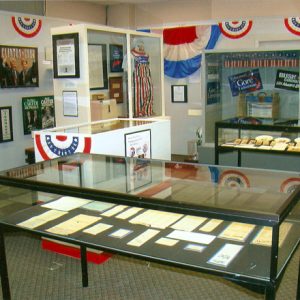 Museum of American History
Museum of American History
Museum of American History
Museums
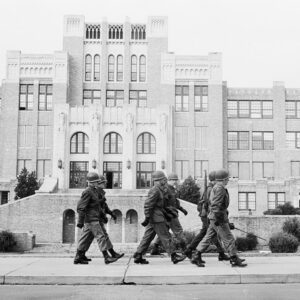 National Guard at Central
National Guard at Central
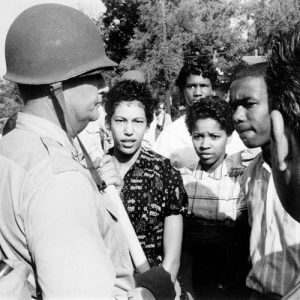 National Guardsman Confronts Students at Central High
National Guardsman Confronts Students at Central High
National Park College
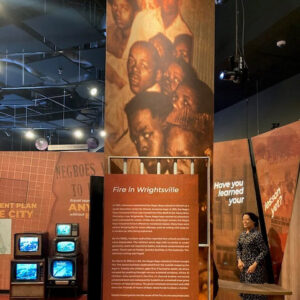 Negro Boys Industrial School Fire Display
Negro Boys Industrial School Fire Display
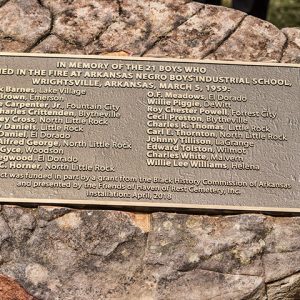 Negro Boys Industrial School Fire Memorial Plaque
Negro Boys Industrial School Fire Memorial Plaque
Negro Boys Industrial School Fire of 1959
aka: Wrightsville Fire of 1959
 Negro Boys Industrial School Memorial
Negro Boys Industrial School Memorial
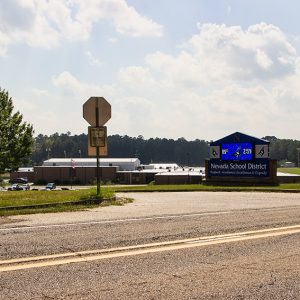 Nevada School District
Nevada School District
 Newark High School
Newark High School
 Nixon Library
Nixon Library
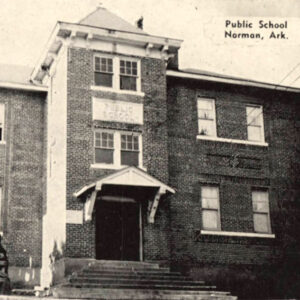 Norman School
Norman School
North Arkansas College (Northark)
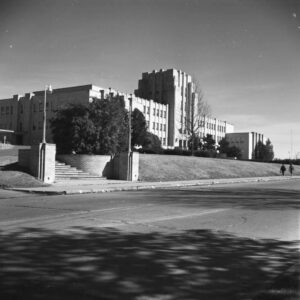 North Little Rock High School
North Little Rock High School
North Little Rock Six
Northern Ohio School
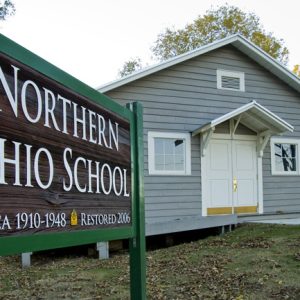 Northern Ohio School
Northern Ohio School
NorthWest Arkansas Community College (NWACC)
 Walter Nunn
Walter Nunn
Nunn, Walter Harris
 Kate Richards O'Hare
Kate Richards O'Hare
Oak Grove Rosenwald School
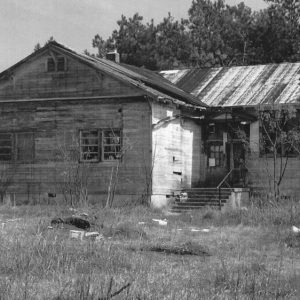 Oak Grove Rosenwald School
Oak Grove Rosenwald School
Oak Grove School
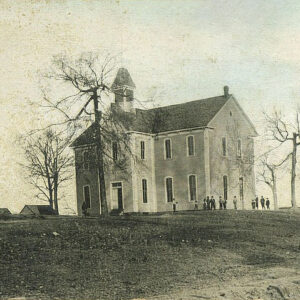 Okolona Male and Female Institute
Okolona Male and Female Institute
Okolona Male and Female Institute
aka: Okolona Academy
 Old Main
Old Main
Old Springdale High School
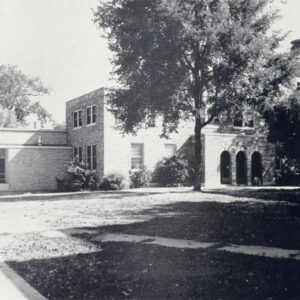 Old UAM Library
Old UAM Library
Old Union School
 Opening Preparations
Opening Preparations
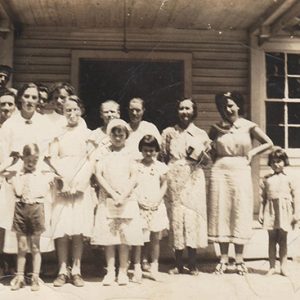 Optimus School Students
Optimus School Students
Orphanages
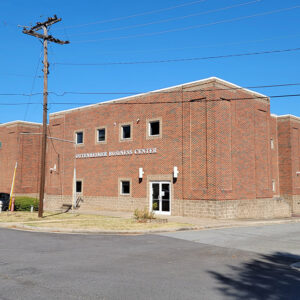 Ottenheimer Business Center
Ottenheimer Business Center
Ouachita Baptist University (OBU)
 Ouachita Baptist College
Ouachita Baptist College
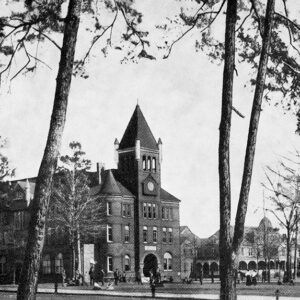 Ouachita College
Ouachita College
 Ouachita College Mascot
Ouachita College Mascot
 Ouachita High School
Ouachita High School
Ouachita Preparatory Academy
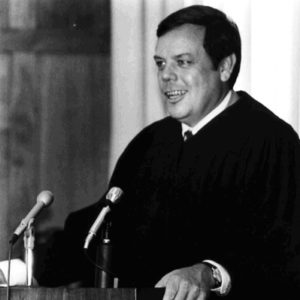 William Overton
William Overton
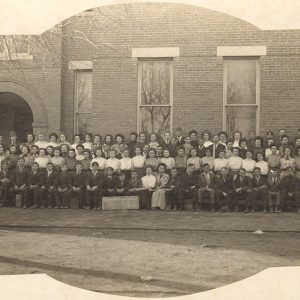 Owensville High School
Owensville High School




